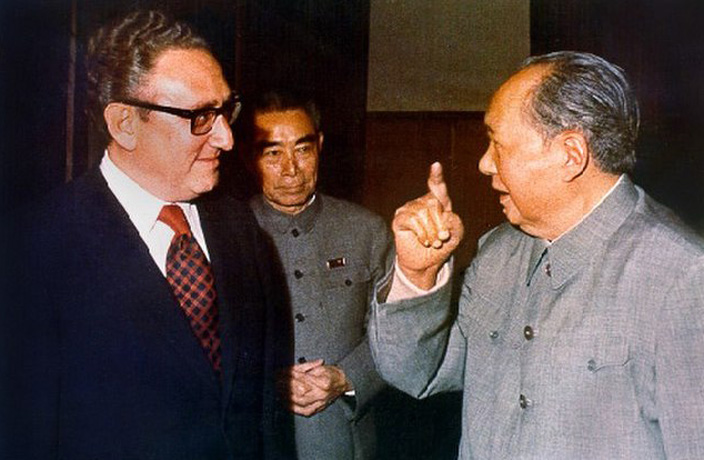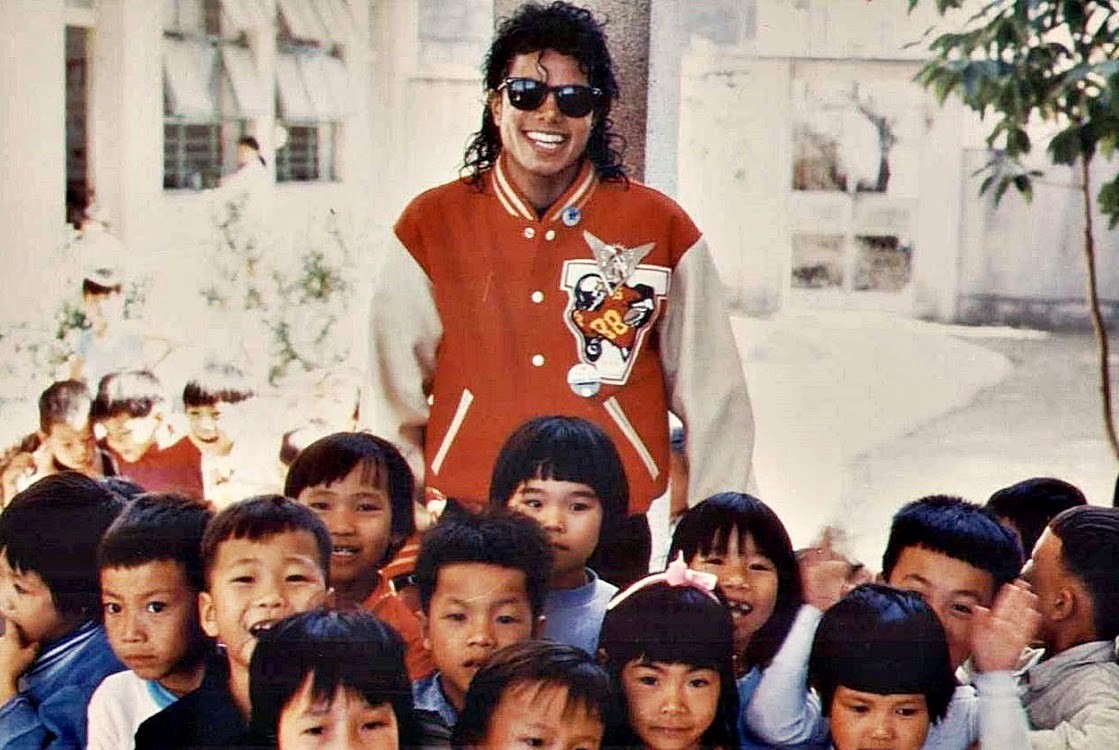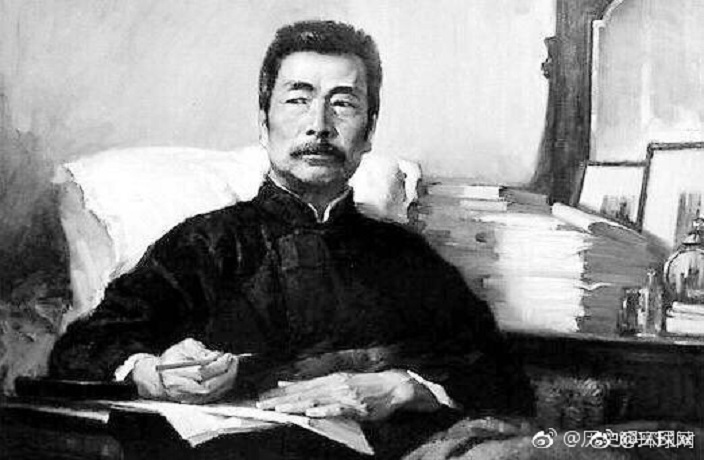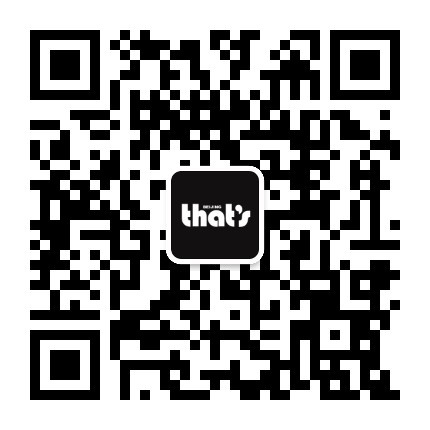This is the first part in our series on the I Ching.
It has been called the world’s first self-help book. Over the past two thousand years, the I Ching has assisted Chinese people from all strata of society – from emperors to peasants – in making sense of their lives and the changing world around them. Its significance to Chinese culture can hardly be overstated: the work is considered, as English-translator of the text John Minford observes, to be “the first, most important and central of the thirteen classics” (the ancient, foundational Confucian texts upon which the keju – the feared imperial examinations that dictated social progression in China for nearly two millennia – were based).
Knowledge of the I Ching was brought to the West by Jesuit missionaries in the seventeenth century, but attained popular currency by way of its influence on 1960s counter-culture. Bob Dylan told an interviewer in 1965, in typically enigmatic fashion: “I don't want to talk about it, but it's the only thing that is amazingly true, period.” The title of an Allen Ginsberg poem from the late 1960s tells you much about the era, and the context in which the wisdom of the I Ching was received: “Consulting I Ching Smoking Pot Listening to the Fugs Sing Blake.” Other influential Western adherents to the I Ching include the composer John Cage, the writers Jorge Luis Borges, Hermann Hesse and Philip K. Dick, and the seventeenth-century mathematician and philosopher Gottfried Leibniz.
The work has been significant to many, over many years. Yet, the I Ching or ‘Book of Changes’ is a confounding text, which defies easy comprehension or explanation. Carl Jung, in a foreword to Richard Wilhelm’s influential 1924 translation into German, wrote of the ‘thousands of questions, doubts and criticisms that this singular book stirs up.’ Eminent sinologist and translator David Hawkes commented that “no one will ever know what [the I Ching] really means,” while the Jesuit missionary Claude de Visdelou observed: “It is not strictly speaking a book at all, or anything like it. It is a most obscure enigma, a hundred times more difficult to explain than that of the Sphinx.”
Hyperbolic, perhaps, but there is no doubt that unraveling the mysteries contained within the I Ching is far from straightforward. Even explaining what the I Ching actually is relies on a good deal of exposition – and requires one to first return to the origins of the system that it records.
The I Ching has its roots in the culture of the ancient Shang dynasty, which ruled China between the 16th and 11th centuries BC. In the court of the Shang, a complex system of divination was developed, in which turtle undershells and ox scapulae (shoulder blades) were inscribed with questions pertinent to the state. Topics for these questions ranged from the weather or the emperor’s health, to matters of warfare and the potential longevity of the dynasty. Extreme heat was then applied to the bones to produce a cracking which could be ‘read’ by the diviner.
Evidence of this process only came to light in the late nineteenth century, and its discovery is attributed to Wang Yirong, then Chancellor of the Imperial Academy. In one – likely apocryphal – version of the story, Wang, having contracted malaria, sent out for the ‘dragon bones’ traditionally prescribed in Chinese medicine to treat the illness. Upon inspecting the bones more closely, he noticed faint inscriptions, which he recognized as an ancient version of the Chinese script. Wang then apparently set about buying up these dragon bones in order to subject them to further study.
Unfortunately, however, history intervened in his enquiries; in 1900, Wang was commissioned to lead a squadron of Boxer rebels in Beijing and, when the foreign troops finally arrived in the capital in August to break the siege of the Legation Quarter, he committed suicide rather than face humiliation at their hands. His early archiving of the oracle bones, though, led to the first book of bone rubbings appearing in 1903, and the eventual identification of the village of Xiaotun, near the ancient Shang capital of Anyang in Henan Province, as the source of the bones. Around 200,000 fragments have now been discovered, forming the oldest extant body of written Chinese and providing detailed insight into a dynasty once assumed to be mythical.
The divinatory system of the I Ching descends directly from that of the oracle bones. The Zhou, who overthrew the Shang in the 11th century, kept alive the culture of divination, but somewhat secularized and codified the process. Where the Shang had used heated turtle shells or cattle bones, the Zhou established a method of casting the stalks of the yarrow plant, forming patterns to which the I Ching would be the key. The fall of the yarrow stalks (in the modern age, multiple tosses of a coin are used as a substitute) related to one of 64 hexagrams or gua, each made up of six either broken or unbroken lines, which are the organizational principle of the I Ching.
The basic method of actually consulting the I Ching is relatively straightforward. One poses a question, and then, using the stalk or coin method, arrives at a hexagram pattern. One then looks this pattern up, much as one would a dictionary or encyclopedia entry. It is here, however, that the reader’s real work begins. Each entry is named individually, and accompanied by a judgment which the reader must interpret; these judgments are best seen as provocations to reflection, rather than straightforward answers.
For example, I recently posed a question to the I Ching regarding a writing project I’m intending to embark upon: "Is this a good time to begin?" I asked. I tossed a coin three times, scoring 2 for heads and 3 for tails. This gives you a result between six and nine, which dictates the first line of your hexagram. You repeat this process until you have six lines – your hexagram.
For this question, I ended up with Hexagram 38 – Kui or ‘Opposition.’ The short judgment for this is as follows:
In small matters,
This is
Auspicious.
Not a clear thumbs up, but encouraging enough. Then, one moves on to a short, poetic commentary, which expands on the judgment. The last lines from the commentary on Hexagram 38 run:
The Myriad Things
Are in Opposition
But their enterprise
Is still of the same kind.
All of these elliptical observations are provocations to reflect, rather than answers in themselves; “The I Ching triggers lateral thinking,” John Minford observes,“ and offers the reader a way out of habitual, stale patterns of thought.”
Any interpretation, however, is complicated by the fact that, over the centuries, these relatively short poetic judgments have been added to by commentators, both Chinese and Western. The I Ching is best seen as a palimpsest, with layers of meaning built up over centuries. The most venerable of these commentaries are known as the ‘Ten Wings,’ which have become an intrinsic part of the work as it is known today; however, countless other commentaries exist and have influenced, to a greater or lesser degree, modern Chinese and Western editions of the text. Ultimately, there is no one definitive I Ching; it is a work which has continually shifted and altered over the centuries. It is, as the Chinese are fond of saying, “not so much a book, as a spirit.”
In 2002, Penguin approached the sinologist and translator John Minford with the suggestion of producing a new English translation of the I Ching. Minford had worked with David Hawkes – perhaps the most revered translator of Chinese of the last century – on the Penguin edition of The Story of the Stone, and had recently completed a new translation of Sun-Tzu’s The Art of War.
“The I Ching triggers lateral thinking and offers the reader a way out of habitual, stale patterns of thought.”
For many years, the most widely consulted Western version of the I Ching had been Richard Willhelm’s German translation, which was translated into English by Cary Baynes in 1950 and formed the basis for many subsequent editions.
Minford embarked on his translation with the aim of avoiding the psychoanalytic overtones of the 1950 translation (which was heavily influenced by Carl Jung, who wrote the foreword, and with whom both Willhelm and Cary Baynes were friends) and presenting a more Sino-centric version of the text: ”I wanted above all to transmit a Chinese Book of Wisdom,” says Minford.
Minford’s translation took 12 years – he describes the work as ”exhausting, testing and humbling” – and the finished text has recently been published, to much acclaim, by Penguin. The challenge of producing a new version of the I Ching was, Minford comments, essentially spiritual: “There were, of course, scholarly, textual and linguistic difficulties, but all along I have found that this project was, above all, testing me spiritually. The book itself acted as a litmus test for the translation process, cautioning me repeatedly against haste and cerebral superficiality.”
The text has, Minford observes, much to offer the Western reader. In Eastern Asia, modern readers continue to see it ”as a source of indigenous wisdom applicable to many real-life situations, including holistic health, political, environmental, social and ethical issues, and harmonious lifestyle in general." Minford cites a Chinese business professor in Hong Kong who bases his theory of ‘Chinese Leadership Wisdom’ on the teachings of the I Ching. Minford sees no reason why its influence and employment should be limited to the East: ”It is, after all, a text that is based on universal human values, not on any particular creed.” Minford’s ambition to produce a ‘helpful and kind’ English edition of the I Ching has influenced his approach to incorporating the multitudinous commentaries; though predominantly Chinese, those he includes tend towards the practical and straightforward. In the case of my own consultation, the commentary is conservatively encouraging – though cautions helpfully against overweening ambition:
“In the Cultivation of the Tao, one must start with small matters. Every line in this hexagram except the first is in a ‘wrong’ place. But progress is still possible – in small matters. Opposition may be healed and surmounted.”
Even in John Minford’s wonderfully human and helpful translation, this is a book that requires the reader to work, and to think, and to stop: lofty demands in an era of instant gratification. Therein lies its power and significance, however; it pertains to a realm of knowledge beyond the reach of Google’s algorithms. For the knowledge and understanding it has the power to unlock is intrinsic to the individual consulting the I Ching.
”If there is total sincerity in the process of consultation, book and reader come together,” Minford says.” They are one. The book is you, the reader. It is your reading of it. No more, no less. It is what you find in yourself, in order to understand it. It is what you make of it. In that sense, you are the book.”
Dr. Jonathan Chatwin is the author of Anywhere Out of the World: The Work of Bruce Chatwin. He is a regular contributor to the Asian Review of Books






















0 User Comments